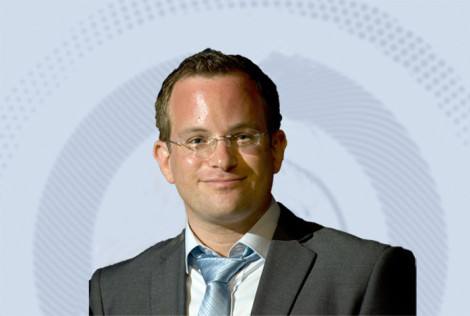קוונטום
בתחום הפיזיקה הקוונטית נחקרים חומר ואנרגיה ברמה הבסיסית ביותר, תוך כדי חשיפת מאפיינים "מוזרים" של התאבכות, דואליות של גל-חלקיק, ושזירה קוונטית. לאחרונה, עם התפתחות הטכנולוגיה הקוונטית, מאפיינים קוונטיים "מוזרים" אלה מאפשרים פיתוח יישומים חדשים ומרגשים בתקשורת קוונטית, חיישנים, ומחשוב שלא ניתן היה לדמיינם באמצעות הפיזיקה הקלאסית. חוקרי BINA מתקבצים ממחלקות ופקולטות שונות (פיזיקה, כימיה, והנדסה) לתחום זה, ומבצעים מחקר רב-גווני בחומרים קוונטיים, אופטיקה קוונטית, מחשוב קוונטי, וכימיה קוונטית על מנת לספק תובנות חדשות במחשוב, תקשורת, חיישנים ועוד.
נושאי המחקר כוללים את טכנולוגיות הליבה של:
- חיישנים אופטיים קוונטיים
- תקשורת קוונטית וקריפטוגרפיה
- קיוביטים מוליכי על למחשוב
- הנדסה קוונטית של מכשירים אולטרה-קטנים (תת-אורך גל)
טכנולוגיה קריטית היקפית:
- דיודות משדרות אור
- מגברים אופטיים ולייזרים
- טרנזיסטורים ומוליכים למחצה (למשל מעבד)
- סימולציות קוונטיות של מבנה אלקטרוני
Researchers
-
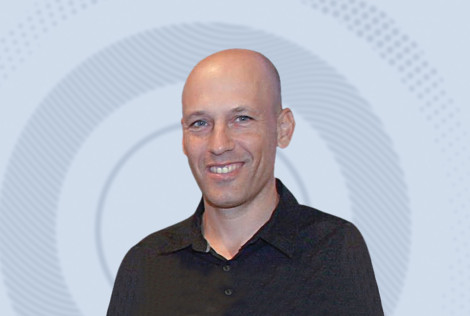
פרופ' אלי ברקאי
972-3-531-7020
Theoretical Physics
- Dynamics of cold atoms in optical lattices.
- Nano science: Blinking quantum dots.
- Statistical physics: Foundations of weak ergodicity breaking
-

Exploring light and matter interactions in materials through quantum electronic structure simulations
Our lab strives to understand and predict how does atomic and electronic structure of materials and molecules effect their optoelectronic and mechanical properties. Understanding microscopic properties of materials, will help in controlling chemical reactions on surfaces and electron transport in nanomaterials, improve optoelectronic properties of devices, and predict novel quantum materials. In the lab we will simulate materials properties, electronic transfer mechanisms, and chemical reactions on the computer. We will develop state of the art electronic
structure for predicting properties of materials, we will focus on nano-materials and 2D quantum materials. -
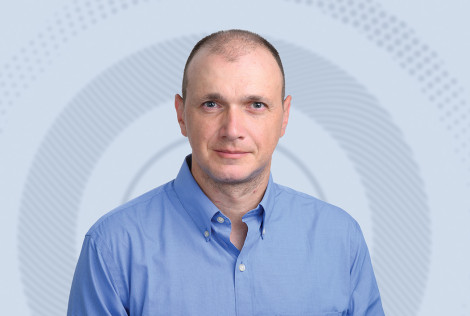
Quantum electro-optic devices Abstract
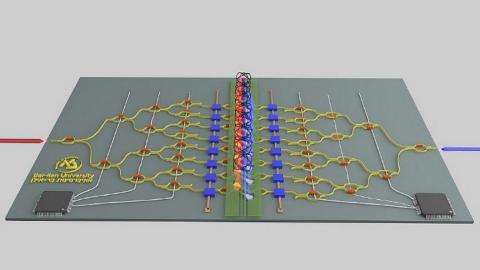
The world of quantum optics holds enormous potential to address a large variety of unsolved problems in sensing, information processing, computation, and precise measurements.
Taking the advantage of well-developed nano fabrication processes, on-chip integrated
quantum photonics is a promising platform for the realization of quantum optics technology.
-
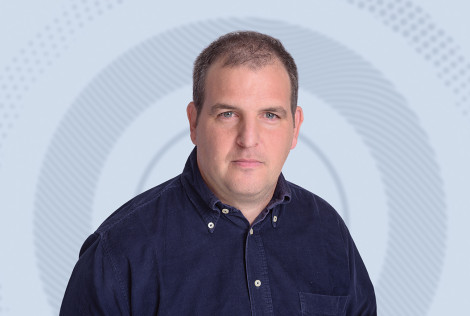
פרופ' יוני טוקר
972-3-531-7406 -
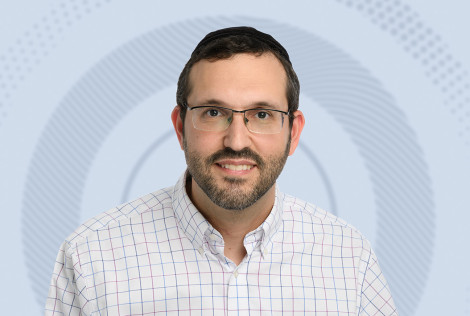
פרופ' יעקב טישלר
972-3-738-4514
• Coherent coupling in light-matter coupled systems: Organic Lasers, J-aggregates, and Polaritons. • Ultra-high resolution scanning microcopy and spectroscopy. • Applications of ultra-fast non-linear spectroscopy for energy sustainability. • Novel ap
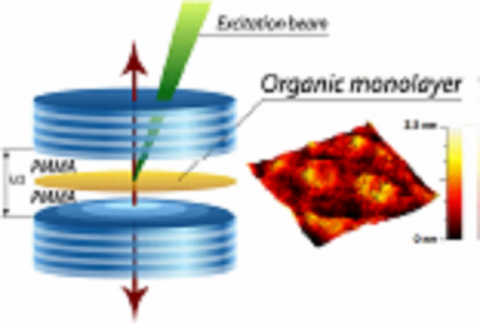
• Coherent coupling in light-matter coupled systems: Organic Lasers, J-aggregates, and Polaritons.
• Ultra-high resolution scanning microcopy and spectroscopy.
• Applications of ultra-fast non-linear spectroscopy for energy sustainability.
• Novel approaches to organic crystal growth and OLED deposition -
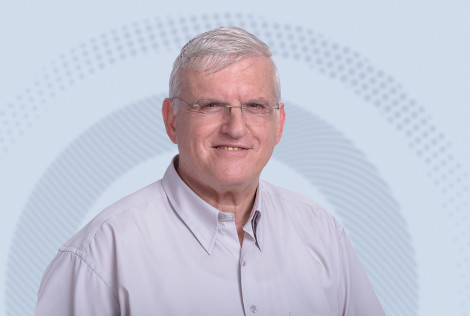
פרופ' יוסף ישורון
972-3-531-8369
Fundamental physics & Applied Physics
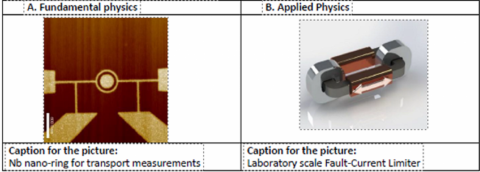
• Condensed matter physics
• Magnetism
• Superconductivity -
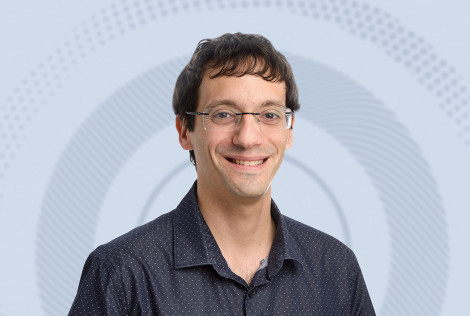
פרופ' אליהו כהן
972-3-738-4268
From Quantum Foundations to Optical Quantum Technologies
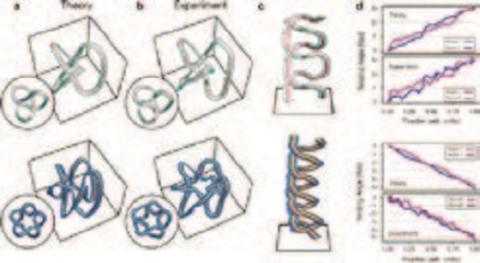
We study various topics related to basic quantum science, as well as quantum technologies. Currently, the main theme is quantum correlations which beg for a better theoretical understanding, as well as novel applications. The primary tool we
use throughout our exploration is quantum optics. -
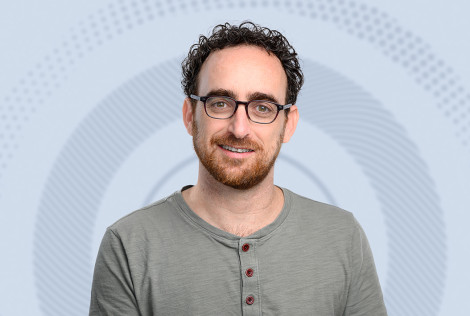
ד"ר עמיקם לוי
03-7384533
Non-equilibrium quantum dynamics
Progress in quantum technologies relies on understanding how quantum phenomena govern the dynamics of quantum systems far from equilibrium and on identifying the available quantum resources. This knowledge then allows us to manipulate the systems in order to obtain a desired outcome. Our group seeks to: (i) Develop dynamical descriptions that capture effects of quantum phenomena on the single-atom/molecule level and for systems far-from-equilibrium. (ii) Identify quantum resources and utilize them in controlling quantum transport processes and quantum state preparation. (iii) Thoroughly define the relationship between quantum effects and concepts from non-equilibrium thermodynamics.
-
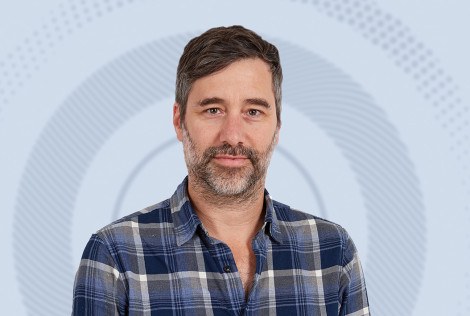
פרופ' תומר לוי
972-3-738-4631
Nano-optics and Light–matter interactions in metamaterials
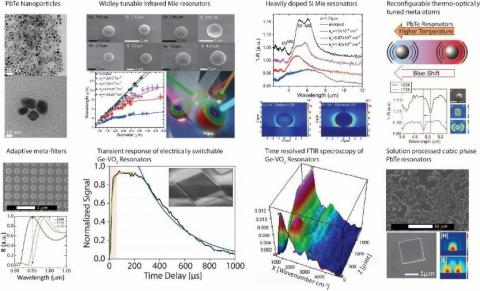
• Light-matter interactions
• Nanophotonics
• Metamaterials
• Plasmonics
• IR nanospectroscopy
• 2D materials -
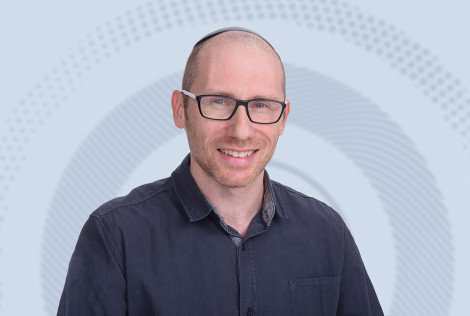
פרופ' דן תומס מאיור
972-3-531-7392 -

פרופ' דורון נווה
972-3-531-4657
Graphene Composites for Sensor Applications • Graphene Electronics • Two Dimensional Semiconductors
• Graphene Composites for Sensor Applications
• Graphene Electronics
• Two Dimensional Semiconductors -
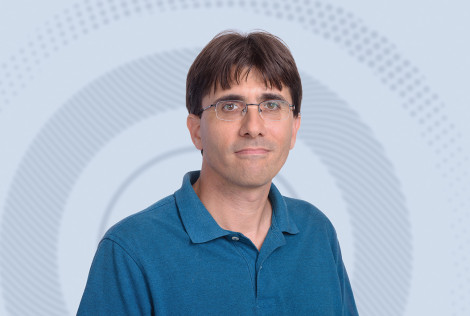
פרופ' אבי פאר
972-3-531-7482
Broadband Quantum Optics
• Optical bandwidth as a resource for quantum information: Novel schemes for quantum measurement and sources of broadband squeezed light
• Sub shot-noise interferometry and coherent Raman spectroscopy (quantum CARS) using broadband squeezed light.
• Visualization and manipulation of fast vibrational dynamics in molecules with optical frequency combs
• The physics of mode-locked lasers: new sources of ultrashort pulses and frequency combs -

פרופ' מוטי פרידמן
972-3-531-7524
Temporal optics
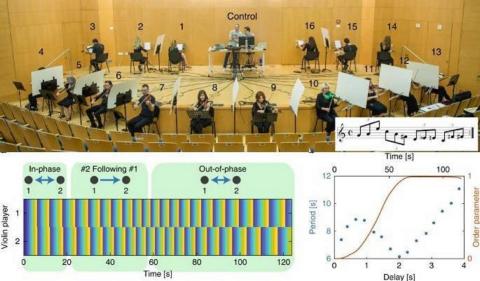
• Temporal optics
Temporal depth imaging
Time-lenses for orthogonal polarized input signals
Temporal super resolution methods
Full Stocks time-lenses
Temporal and spatial evolution of ultrafast rogue waves
• Fiber Devices
Long period fiber gratings
Gold coated tapered fibers
Fiber micro-knots
• Fiber lasers
Carbon nanotubes
Graphen
Topological insulators -
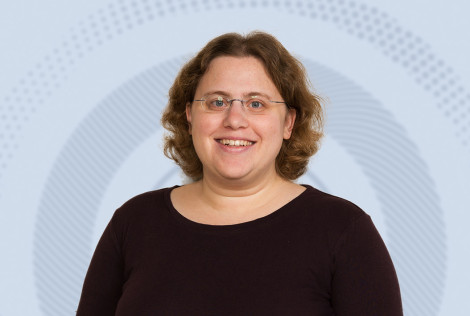
פרופ' בינה קליסקי
972-3-738-4339
Sensitive magnetic imaging
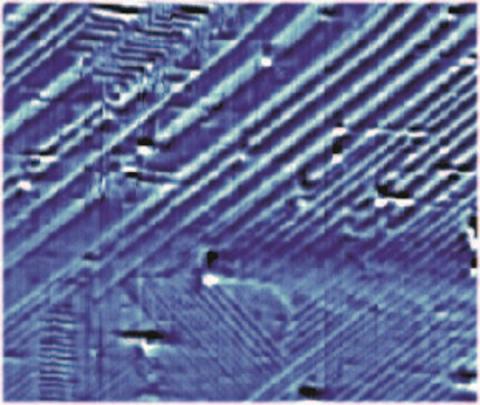
• Superconductivity
• Nano-magnetism
• Bio-magnetism
• Scanning SQUID microscopy
• Complex oxid interfaces
• Nano-electronics -
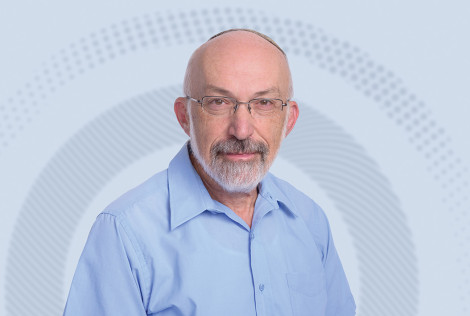
פרופ' מיכאל רוזנבלו
972-3-531-8296
Laser spectroscopy
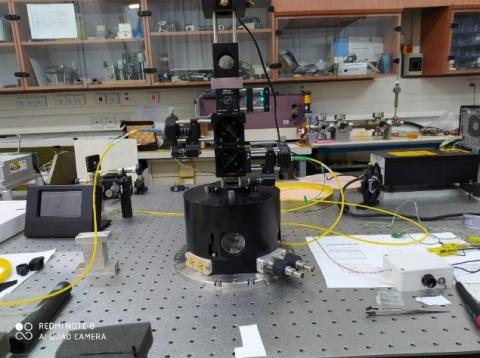
We explore the interaction of light and matter in both the classical regime and in the quantum regime. Applications to sensing technology, secure communications and optical frequency standards are experimentally pursued in the lab.
-

פרופ' שרון שוורץ
972-3-738-4377
Nonlinear X-ray Optics
• Demonstration of an X-ray Autocorrelator
• Imaging of chemical bonds in solids, quantum imaging with x-rays
• Second Harmonic Generation at X-ray wavelength, X-ray Parametric down Conversion
• Generation of X-ray Bi-photons -

פרופ' עמוס שרוני
972-3-738-4516
Phase transitions on the nano-scale
- Spintronics
- New Temperature Coefficient of Resistance (TCR) materials
- Organic/SC hybrid



